Xinjiang Travel Guide
Xinjiang Travel Guide
The Xinjiang Uygur Autonomous Region is situated in the central part of the Eurasian continent, along China’s northwestern border. Covering approximately one-sixth of the nation’s total area at 1,664,900 square kilometers (about 642,821 square miles), it is China’s largest administrative region by land area, boasts the longest land border, and shares borders with the most neighboring countries. However, only about 4.3% of its territory is suitable for habitation. The remainder is predominantly desert terrain, including the Gobi Desert, snow-capped mountains, and glaciers. China’s largest desert, the Taklamakan Desert, lies within this region. Yet amidst these uninhabited expanses lie scattered unique landscapes and extraordinary natural features, such as the Flaming Mountains and the Yadan landforms.
Sights
The region boasts a distinctive landscape known as “three mountain ranges encircling two basins.” From north to south, these features are the Altai Mountains, Junggar Basin, Tianshan Mountains, Tarim Basin, and Kunlun Mountains. The central Tianshan Mountains divide the autonomous region into two distinctly different northern and southern parts. While Northern Xinjiang features alpine grasslands like the Kanas Nature Reserve and Nalati Grassland, Southern Xinjiang encompasses deserts and gobi like the Taklamakan Desert. Northern Xinjiang embodies a pastoral culture, whereas Southern Xinjiang represents an agricultural society. Northern Xinjiang resonates with the songs of galloping horses, while Southern Xinjiang dances to the rhythms of the mukam. The capital, Ürümqi, is located in Northern Xinjiang. It boasts magnificent landscapes like Hongshan and Nanguo Pasture, alongside distinctive cultural sites such as the Tatar Mosque and Qinghai Mosque. Urumqi also stands as a globally renowned hub along the Silk Road. This historic trade route connected China with the Mediterranean, extending as far as present-day Rome. Other significant Silk Road cities within the autonomous region include Kashgar and Turpan, home to landmarks like the Id Kah Mosque, Karakul Lake, and karez wells.
Climate
Surrounded by mountains and distant from the sea, Xinjiang experiences a typical continental climate characterized by low annual rainfall, abundant sunshine, and significant diurnal temperature variations. These conditions favor the accumulation of sugar in fruits, making the region renowned for melons and other fruits. Xinjiang is celebrated as the “Land of Melons and Fruits,” with grapes and honeydew melons being its most famous produce. Winters are cold, springs windy, and summers scorching. Early autumn is the prime travel season, featuring long daylight hours, clear skies, and comfortable temperatures. Another compelling reason to visit then is the bountiful harvest of delicious melons and fruits. Xinjiang is home to 47 ethnic minorities, comprising 60% of its population. Among them, 13 are indigenous groups, with the Uyghur being the dominant ethnic group. The Uyghur people have their own language and adhere to the Islamic faith.
Culture
Their traditional attire consists of a long robe called a “qapang” and an embroidered cap known as a “dopa.” Staple foods include nan (a hard-crusted flatbread) and hand-pulled noodles. During festivals or when entertaining guests, they typically serve pilaf and grilled meat. Their grilled lamb ribs are renowned nationwide and can be found in nearly every city across China. Uyghur homes feature flat roofs with skylights, typically equipped with fireplaces and niches—one for cooking and heating, the other for storing daily necessities. Both interiors and exteriors are adorned with vibrant decorations. Their most celebrated traditional festivals are Eid al-Fitr and Eid al-Adha. Eid al-Fitr marks the Islamic festival of breaking the fast, while Eid al-Adha celebrates the Islamic New Year. Last but certainly not least, the Uyghurs excel in song and dance. The Sainem is one of their most beloved dances, and their “Twelve Muqam” is hailed as the “jewel of Eastern music.”
Tourist Attraction
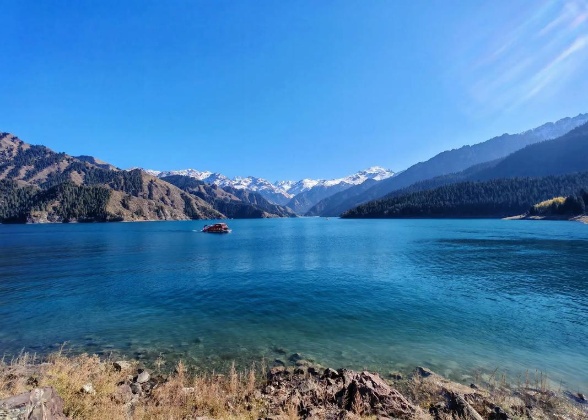
Heavenly Lake
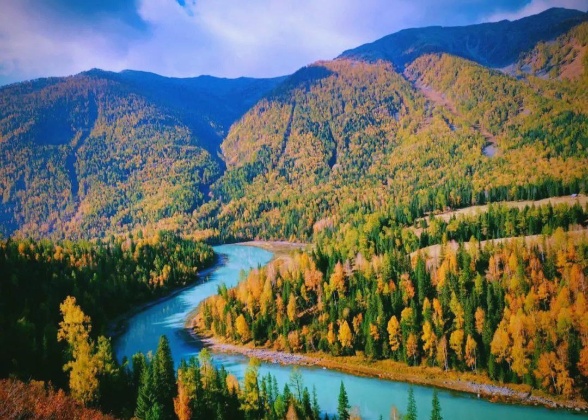
Kanas Nature Reserve
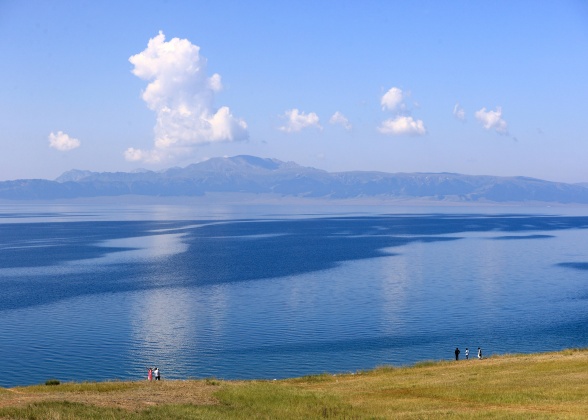
Sayram Lake
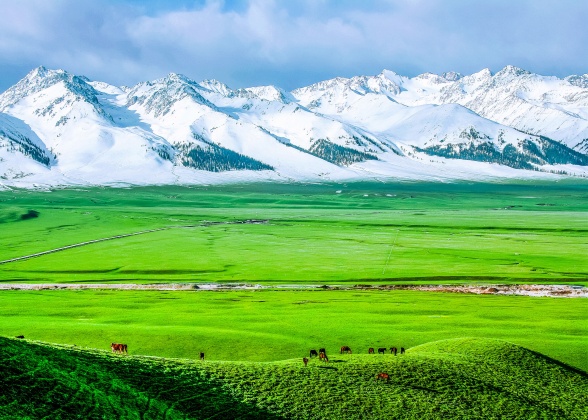
Nalati Grassland
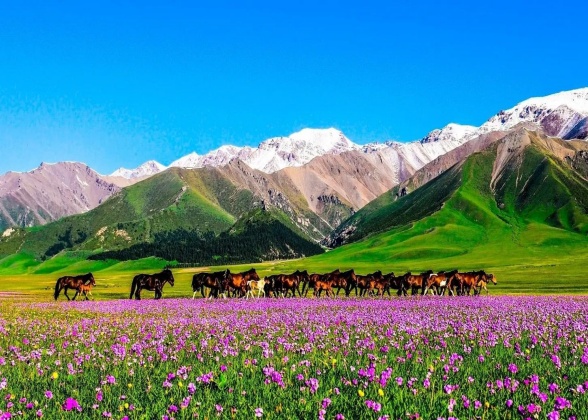
Kalajun Grasslands
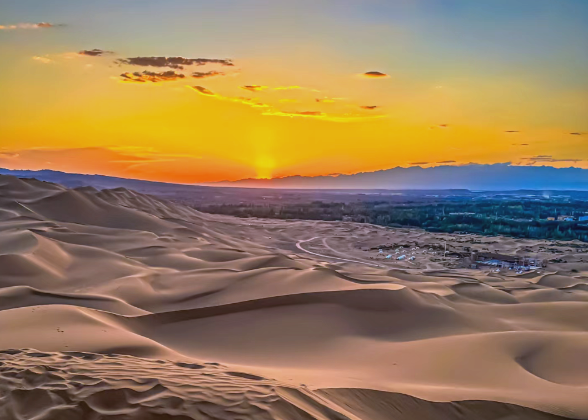
Taklamakan Desert

Transportation
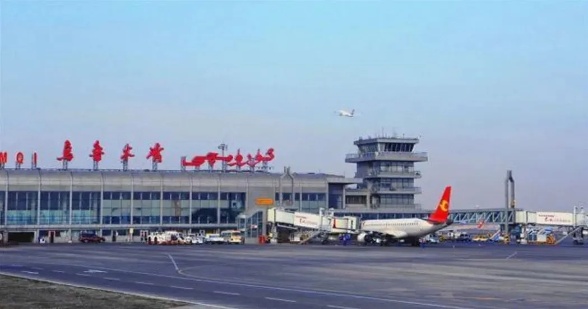
Urumqi Tianshan International Airport is located in the northwest of the city, about 16 kilometers (9.9 miles) from the city center. Currently, the airport features three terminals: T1 and T2 primarily serve domestic flights; T3 is the largest and newest terminal, handling both domestic and international flights. The airport offers one airport bus route and three city bus routes to the city center, as well as long-distance coaches to over 40 cities in Xinjiang. Urumqi Tianshan International Airport has become a vital national gateway hub in western China connecting Central Asia, West Asia, and Europe. It operates nearly 150 domestic and international routes served by over 40 airlines. Passengers can reach the airport from nearly 31 international cities and 54 domestic cities across countries and regions including Beijing, Shanghai, Guangzhou, Shenzhen, Xi’an, Hong Kong, Macau, Moscow, Istanbul, Almaty, Tashkent, and other 31 international cities and 54 domestic cities across nearly 20 countries and regions.
Meals

Savoring delicious local cuisine is undoubtedly one of the highlights of any trip to Xinjiang. Noodles and rice form the staple diet, while beef and lamb are indispensable components of local cuisine—you’ll have ample opportunity to sample them. Grilled lamb skewers are ubiquitous on every street corner. Roast whole lamb is another beloved local dish. Nan bread, a staple resembling flatbread, features a crispy crust; while hand-pulled rice is a dish of rice cooked with carrots, onions, raisins, and lamb.
Turpan
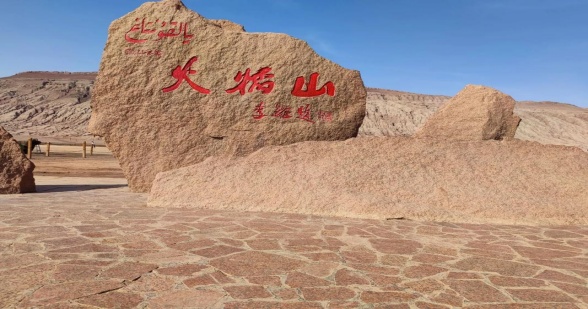
Turpan City is located in central Xinjiang, bordering Hami to the east, Bayingolin to the west and south, and Urumqi to the north. It lies in an olive-shaped intermontane basin at the eastern foothills of the Tianshan Mountains, surrounded by mountains on all sides. Aidinging Lake in southern Turpan, at an elevation of -155 meters (509 feet), is the world’s second-lowest depression. Turpan is renowned for the Flaming Mountains. This region holds the distinction of being China’s hottest place, with summer temperatures reaching up to 47.8°C (118°F) and surface temperatures peaking at 89°C (192°F). Visitors can also explore the marvelous karez systems—unique water-divining engineering structures found only in Xinjiang—and tour ancient city ruins nestled within the desert.
Start planning your customized tour with one-on-one help from one of our travel consultants.
Why Choose 365 China Travel
★Customize your tour
Travel Advisor with roots in China
Immediate response, no waiting!
Direct Connections, Supreme Values
★Maximize your flexibility
- Your own private guide and journey
Explore at your own pace
- Unparalleled flexibility, not possible with group tours
★Ensuring Your Satisfaction
Top 20% of nationally ranked tour guides at your service
24/7 emergency support
Cultural In-depth Experience Service

